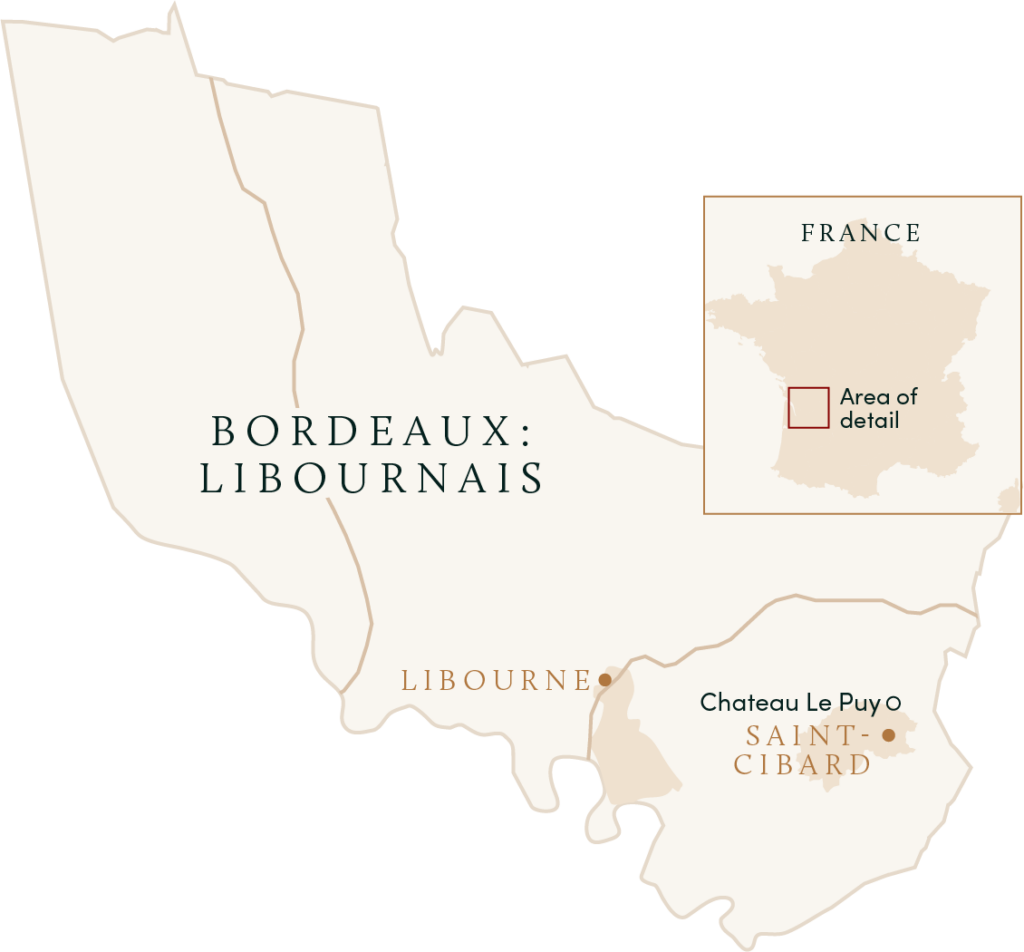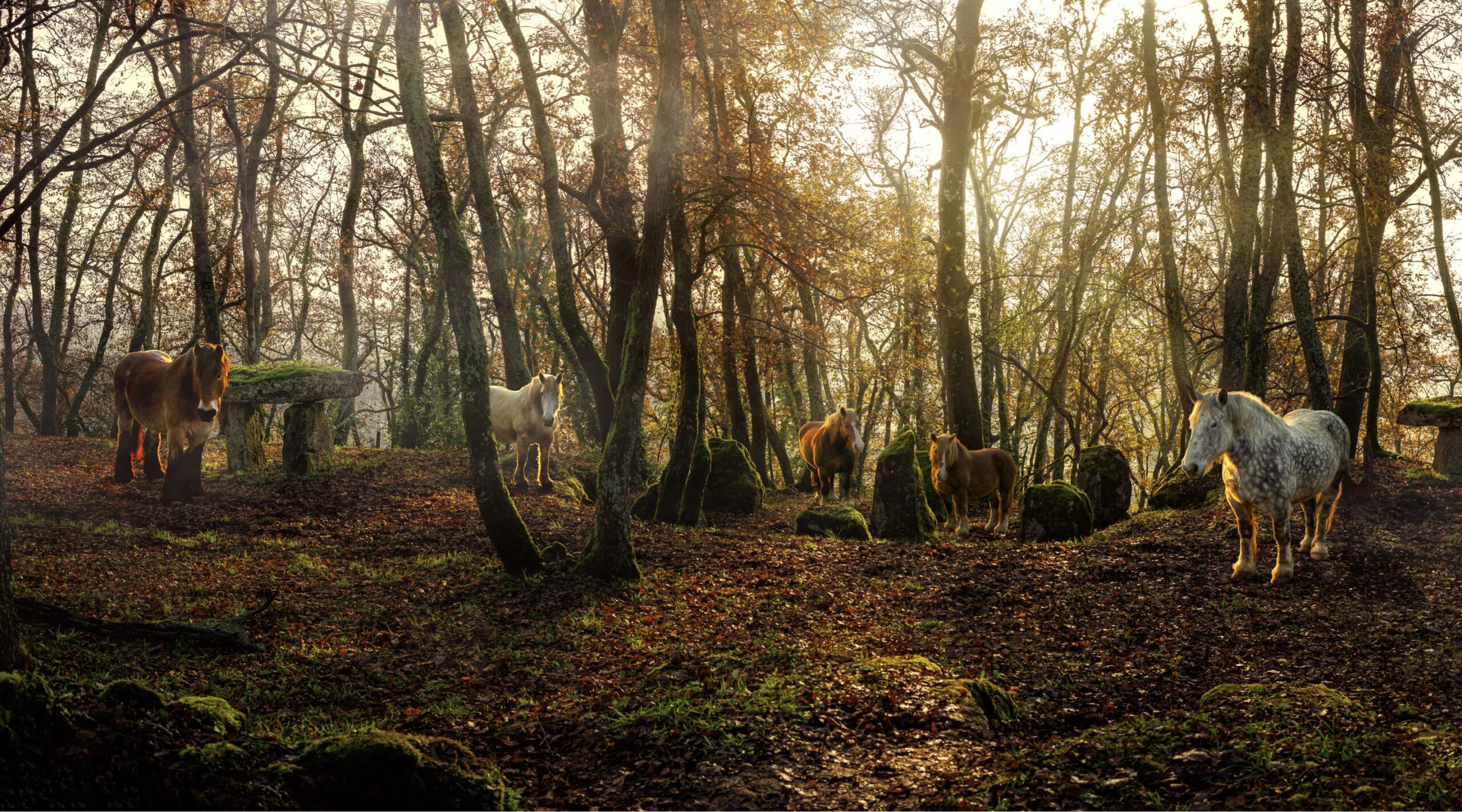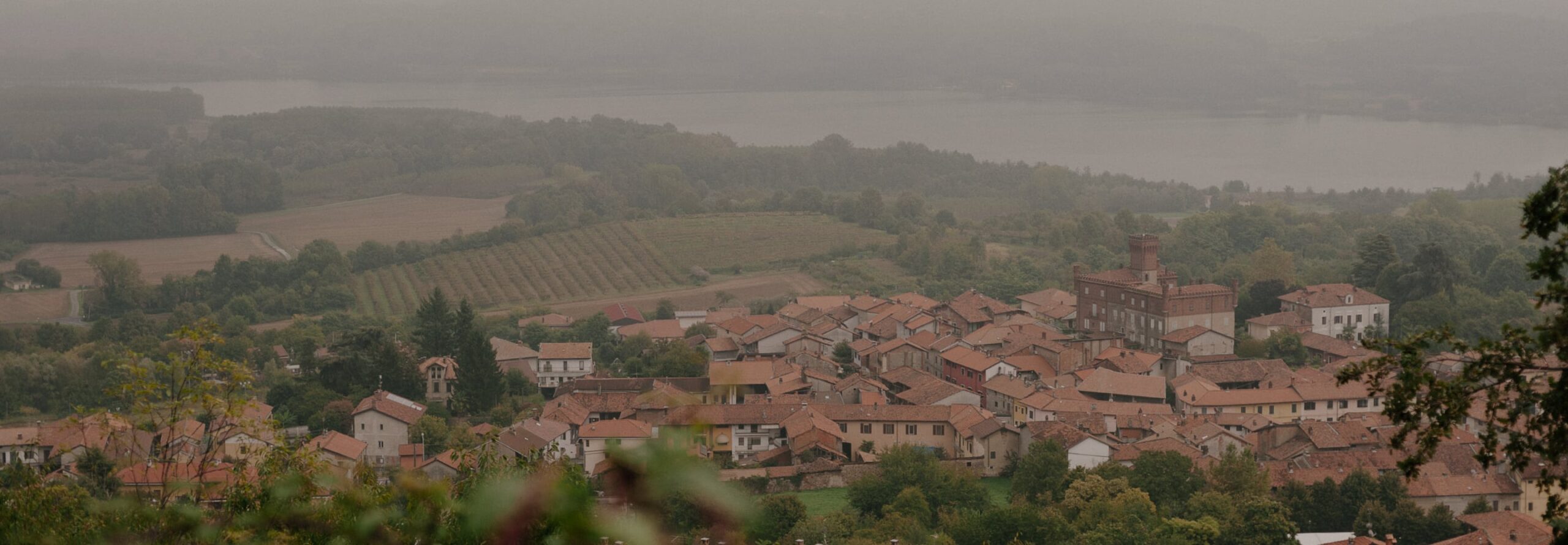The estate is situated on the same plateau as Saint Emilion and Pomerol and sits on the second highest point in the Gironde at 110 meters above sea level (approximately 350 feet). The vineyards are planted to a number of red varieties, including Merlot (85%), Cabernet Sauvignon (6%), Cabernet Franc (7%) along with a touch of Malbec and Carmenère. The exclusive white variety is Semillon. The soil type varies but is principally a mix of clay, silex and limestone, with very high acidity levels. The average age of the vines is 50 years and no synthetic treatments have ever been used at the estate, which is certified biodynamic. Harvest is manual, the grapes are entirely destemmed and the cuvaison is long, continuing for two to four weeks. Only indigenous yeast is utilized, no chapitalisation is done nor is SO2 used during the fermentation. The “elevage” of the Le Puy wines is done according to the lunar rhythm. The two essential red cuvées of the estate, “Emilien” and “Barthelemy” are raised in barrel for 24 months. The wines are neither fined nor filtered before bottling. Jean-Pierre Amoreau and his son, Pascal, oversee the vineyards and vinification.
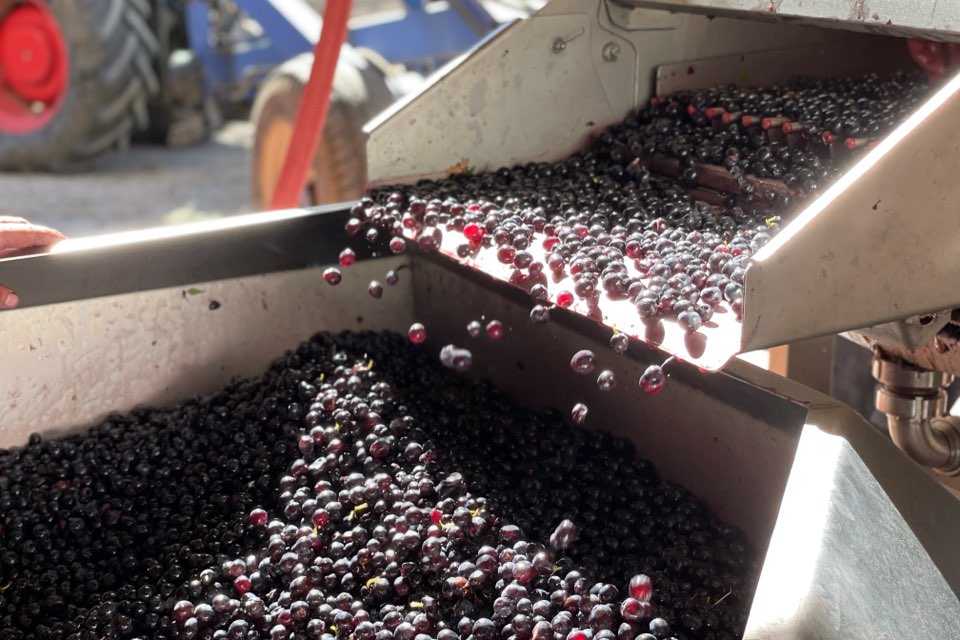
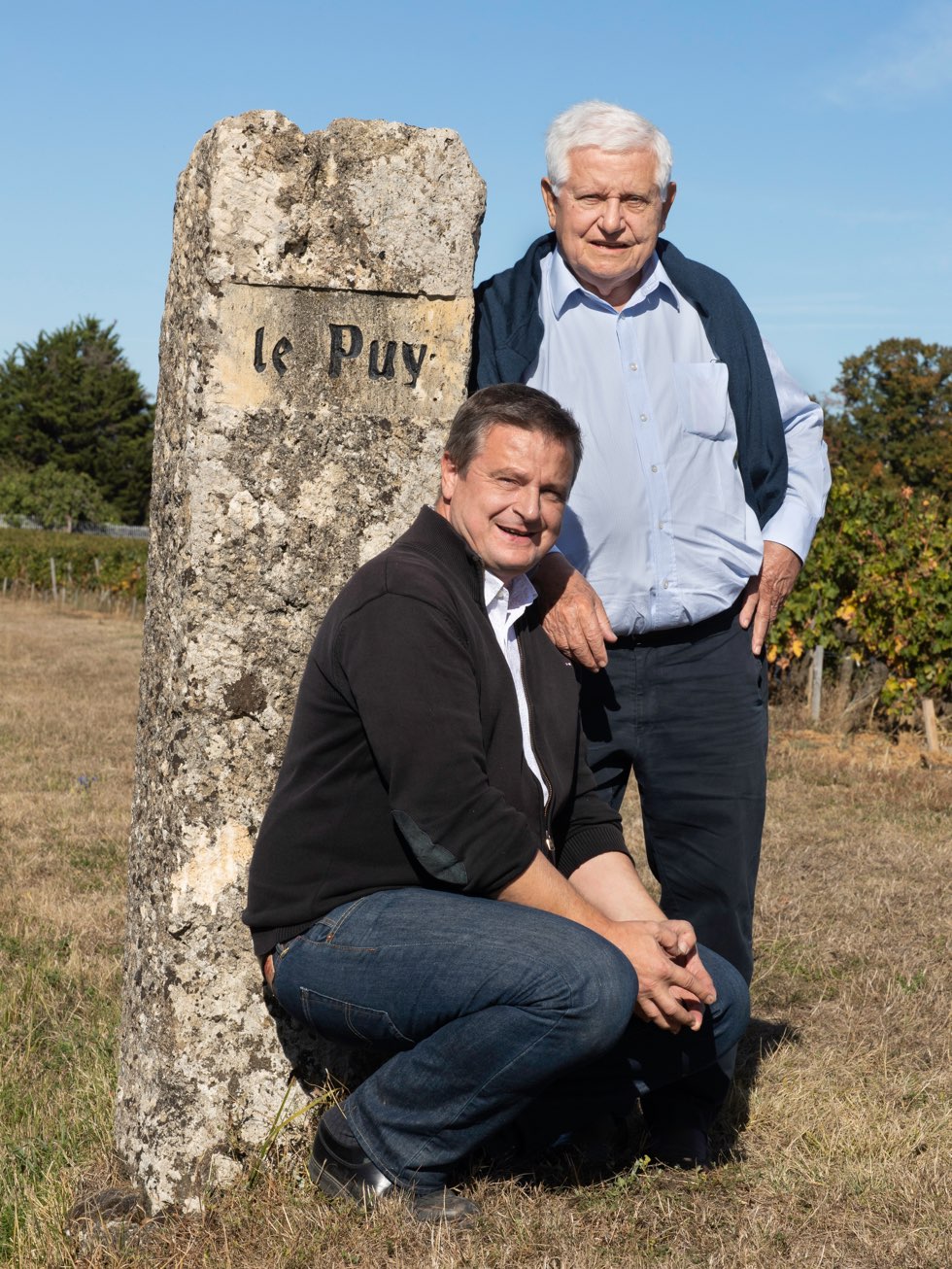
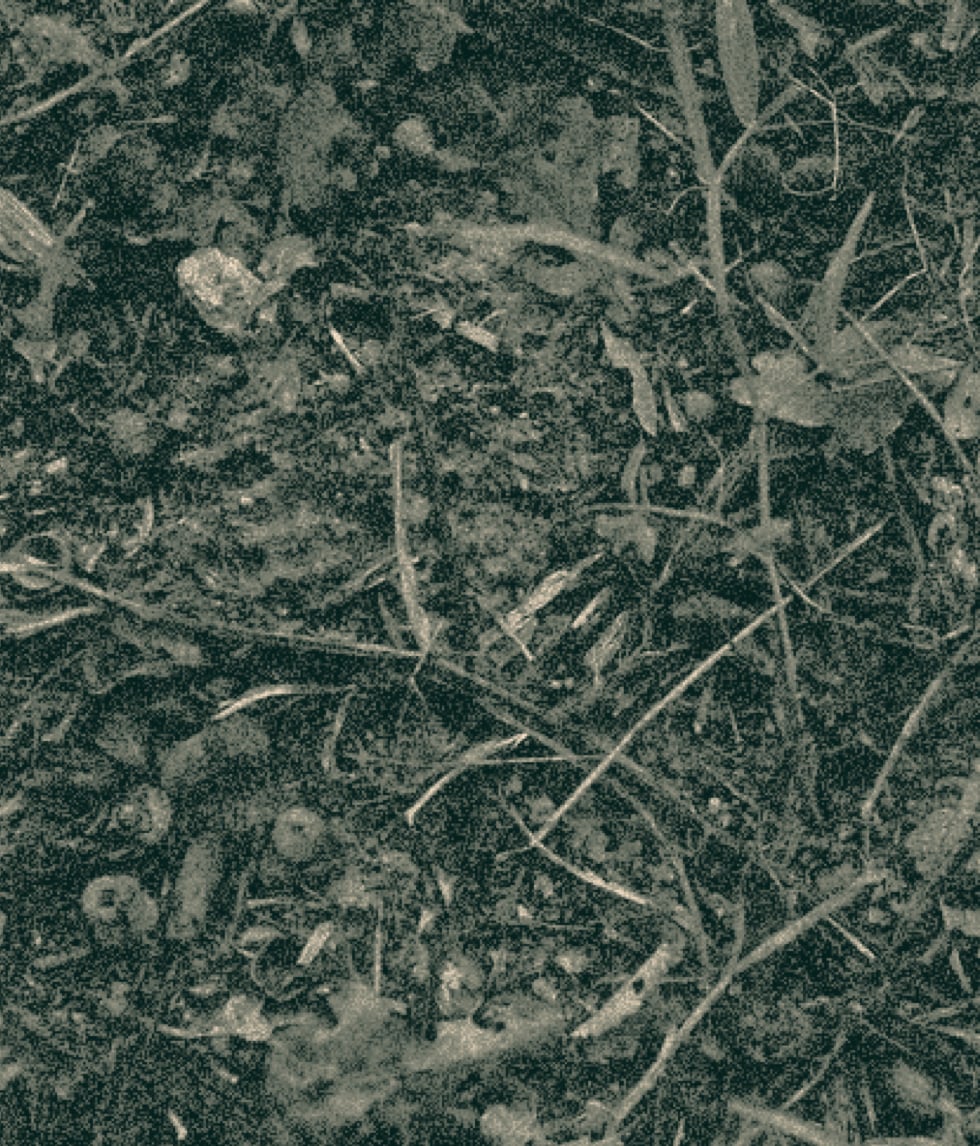
The very existence of Château Le Puy almost defies belief. In, of all places, Bordeaux—a region that fell especially hard for the oak-and-muscles approach favored by certain critics and point-chasers over the past few decades—there exists a sizable and historic estate that is making wines true to this region’s all too often abused terroir.
Farming
Certified biodynamic by Demeter, certified organic by Ecocert
Treatments
No synthetic treatments have ever been used at the estate. Only copper-sulfate is used.
Ploughing
Annual ploughing of the entirety of the vineyard, with the best parcels ploughed by horse
Soils
Red clay, silt, and limestone top soils on top of the Asteries limestone plateau that extends to Château Le Puy from Saint Émilion. Château Le Puy sits at the second-highest point in Bordeaux on the top of the plateau and on its slopes.
Vines
50 year-old vines in Guyot, planted at 5,500 vines/ha
Yields
No green harvest, no leaf thinning, no fertilization
Harvest
Always by hand, usually at the end of September
PURCHASING
Entirely estate fruit
Fermentation
After total destemming, wines ferment spontaneously in concrete vat for 2-3 weeks. Rosé Marie and Marie-Cécile ferment in barrel.
Extraction
No punchdowns, no pumpovers, wines macerate with an immersed cap (Le Puy is the only estate in Bordeaux using this method, which is more common in regions like the Rhône)
Chaptalization
None
Pressing
Pneumatic pressing
Malolactic Fermentation
Spontaneous, simultaneous with alcoholic fermentation
Élevage
Emilien rests in century-old, 50-hl foudres for 12 months, followed by 12 months in 228-l barrels, none new. Barthelemy spends 24 months in 228-l barrels (less than 10% new), Duc des Nauves spends 12 months in cement tanks; Rosé Marie rests in barrels for 6-10 months
LEeS
Wines rest on fine lees during the majority of their élevages, with occasional bâtonnage guided by the phases of the moon.
FINING & FILTRATION
Occasional egg-white fining, no filtration
SULFUR
Only the Emilien sees any added sulfur, which is applied at racking, with c. 25 mg/l total and c. 0 mg/l free.
